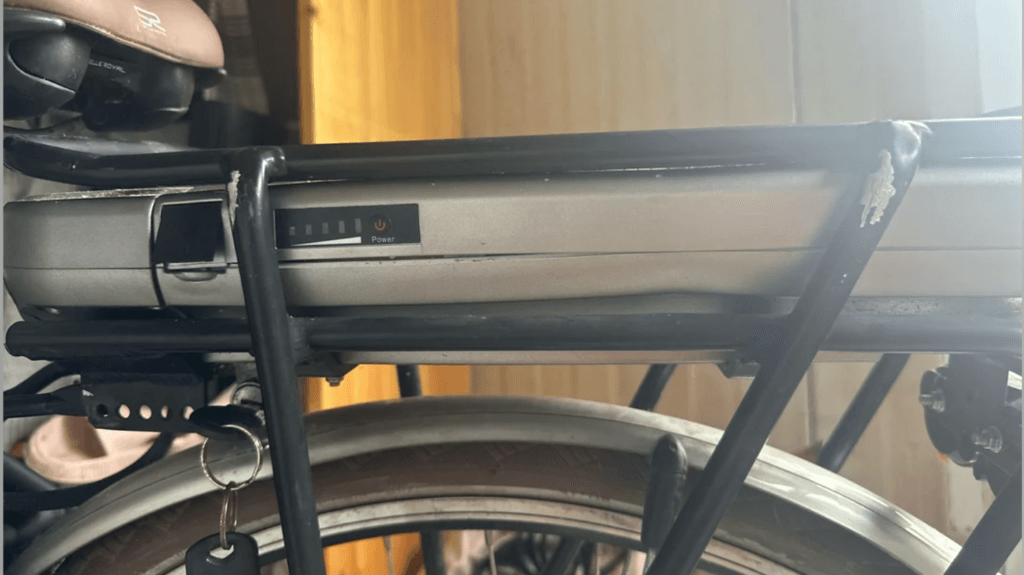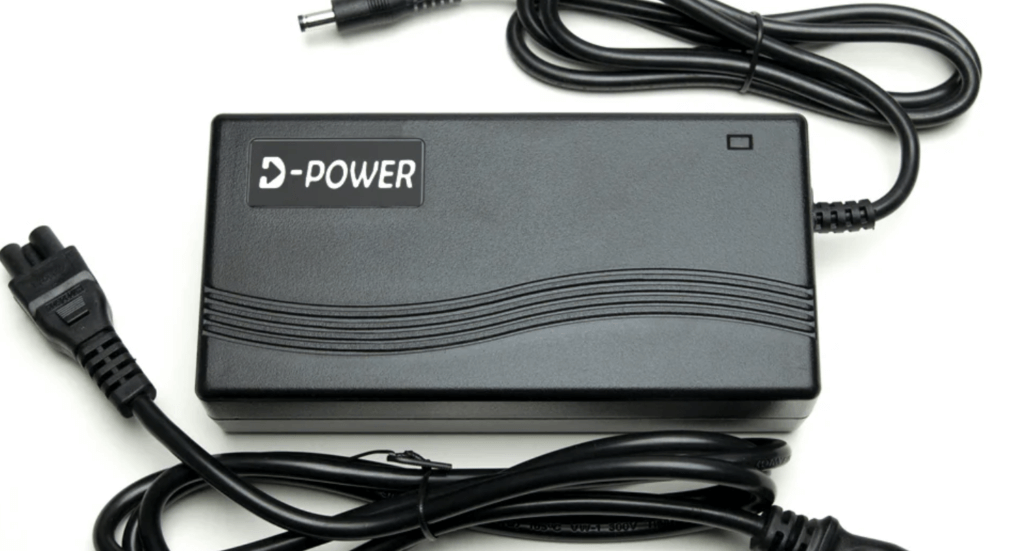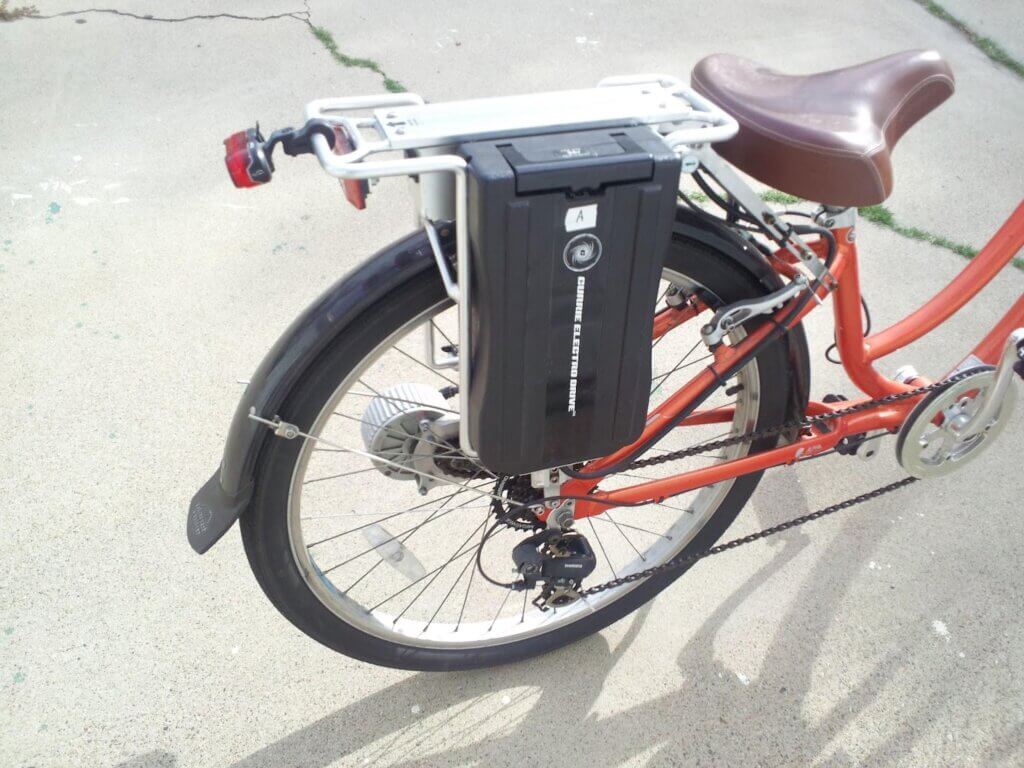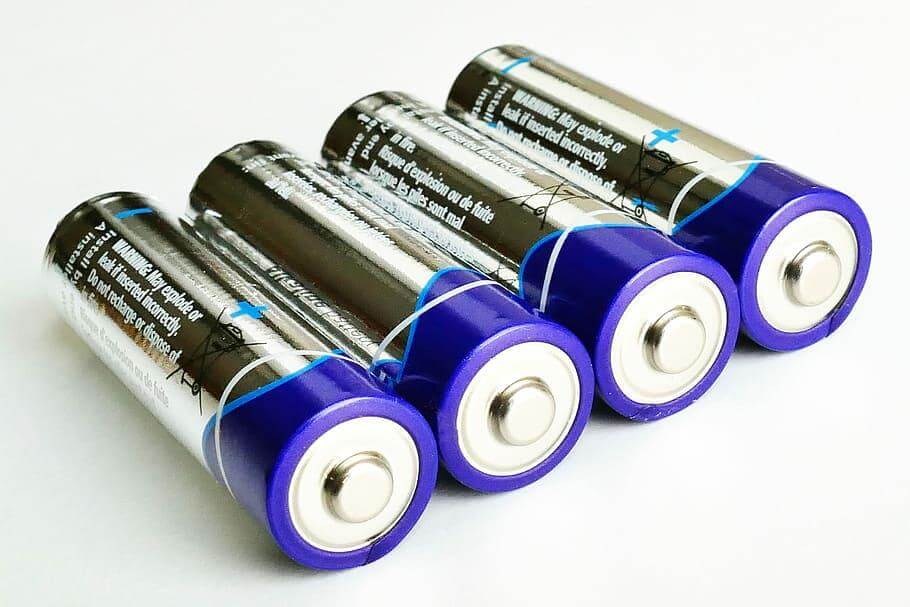A research survey done at different e-bike repair shops in the UK revealed that faulty batteries are a common issue for many riders. This problem could be a result of poor battery management, overcharging, and poor storage.
In this blog post, we have listed some quick ways to fix your e-bike battery without spending on repairs. There are also some tips to ensure the longevity of your battery. Are you ready to learn some new tricks? Let’s dive in.

Common Signs That Your E-bike Battery is Failing
Questions like “how to fix your e-bike” are partially resolved when you discover why the e-bike battery is failing. Here are some of the signs to watch for when your electric bike’s performance declines:
Battery Won’t Hold a Charge
A battery’s voltage reaches its full potential when it’s fully charged. When your battery charges fully but drains very fast. This is a sign that your e-bike battery is severely damaged. It has gradually lost the capacity to hold power.
This pattern is noticeable on an e-bike as there will be a decline in the range. Your e-bike suddenly begins to show sluggish behavior when climbing inclines or hills.
Unusual Charging Behavior
Irregularities in your e-bike battery charging behavior can be easily spotted when you pay attention to your charging pattern.
Abnormalities in charging patterns can range from LED indicators flickering to charging taking a longer or shorter time. Another sign can be a constant red charging indicator even after prolonged charging.
If you notice your e-bike battery is not charging, it means you need to replace the e-bike battery cell.
E-bike Won’t Power On
One of the most frustrating moments for riders is when the e-bike’s power is on and it refuses to respond. The silence builds up questions within you. If this is you at the moment, here is a list of what could have been wrong:
- The e-bike battery might be in sleep mode when completely drained to zero due to lack of use.
- It can be a result of a faulty battery management system (BMS ). BMS handles safety functions. In the case of overheating, this function block outputs power.
- This could be a result of a blown fuse in the battery’s internal compartment.
- Case of a loose or damaged connection in the battery.
Overheating and Bulging
Overheating is a sign that your e-bike battery is starting to experience degradation. The lifespan of your battery is now declining. Once you notice your battery overheating while riding or charging, that’s your cue to take your battery maintenance seriously.
Sometimes you can even notice deformity, such as swelling or a bulge, in the battery’s appearance. This is internal damage. A sign that your battery needs to be fixed.

Fix Your E-bike Battery With Quick Troubleshooting Tips
Check Your Charger
Sometimes your e-bike will not turn on due to a faulty charger. You can use a millimeter to confirm the voltage of the charger.
Inspect the Connectors
Loose, corroded, or rusted terminals prevent the battery from charging and also cause it not to respond. This is because the connectors are detached from the battery.
Reset BMS
If your electric bike has a reset button, use it. But in cases where there are no reset buttons, disconnect your battery and leave it unplugged for 10-20 minutes.
Look for a Blown Fuse
Check your battery case for any blown fuses and get them replaced if needed.

How to Fix a Faulty or Dead E-bike Battery
Before replacing your dead e-bike battery, try fixing it. Here are some DIY steps that can save you some extra bucks:
Test the Voltage
Take voltage testing as the first step to resolving an unknown issue. With a simple millimeter, confirm the voltage of your e-bike battery. Get an idea of the force left in the battery. Whether what you are experiencing is a deep discharge, cell imbalance, BMS blockage, or a dead battery condition, your answer is at this stage.
Try a Jump-Start
You can call this step a wake-up call. Jumpstarting is a simple process where you use a different charger or battery to bypass the BMS cut-off. For lithium batteries, always take caution.
Clean Terminals
Cleaning of the terminals will help to remove rust and dirt that could have caused a disconnection. This is a quick fix if the battery issue is a blockage in the power flow.
Replace Blown Fuse
If an e-bike battery stops working as a result of a blown fuse, then you have nothing to worry about. E-bikes have an internal fuse that can be changed.

How to Extend Your E-bike Battery
Prevention is better than spending heavily on new e-bike batteries. Here are 5 tips on how to extend your bike battery:
Avoid Overcharging
When you overcharge your e-bike battery, there’s a decline in battery health. This is because overcharging a battery can cause a chain reaction in the battery cell.
For a secure e-bike battery’s performance, many manufacturers are now using a new technology that prevents overcharging. This technology allows the battery to shut itself off once it reaches its optimum charging capacity. Well, this is only applicable to newer e-bike models. The old model needs to be disconnected after it’s fully charged.
For riders with old e-bike models, always disconnect the charger once the electric bike battery is fully charged.
Consider Proper Storage
Even though e-bikes are built to survive any condition, it is essential to practise proper storage after riding. For proper storage, avoid keeping it in extreme temperatures (hot or cold).
Rapid Charging
Rapid charging can be dangerous to the health of your battery. This is because high-speed charging will stress e-bike batteries and cause them to overheat.
If you plan to prolong your battery life, then it’s best to implement a slow charging technique. This technique helps minimize heat, therefore prolonging the battery’s lifecycle.
Regular Inspections
Regular inspection and maintenance of e-bike batteries is a quicker way to discover battery faults. For example, cracks and leaks can be easily spotted during a daily routine check.
Take time to grease the terminal to prevent disconnection. Always clean the terminal to ensure that dirt and rust don’t cause you expensive damage. Monitor the temperature of your bike while riding.
Maintain a Good Charging Pattern
The optimal performance of your bike battery depends on your charging pattern. When a battery is fully discharged, the cells are strained. A continued stress pattern can lead to a weak battery. For a longer time, storage maintains a 60% battery power.
Final Thoughts
Ultimately, not all dead e-bike batteries require a quick replacement. Fixing your battery shouldn’t cost you an arm or a leg. With the use of simple tools and our quick-fix approach, you can troubleshoot your battery problems.



